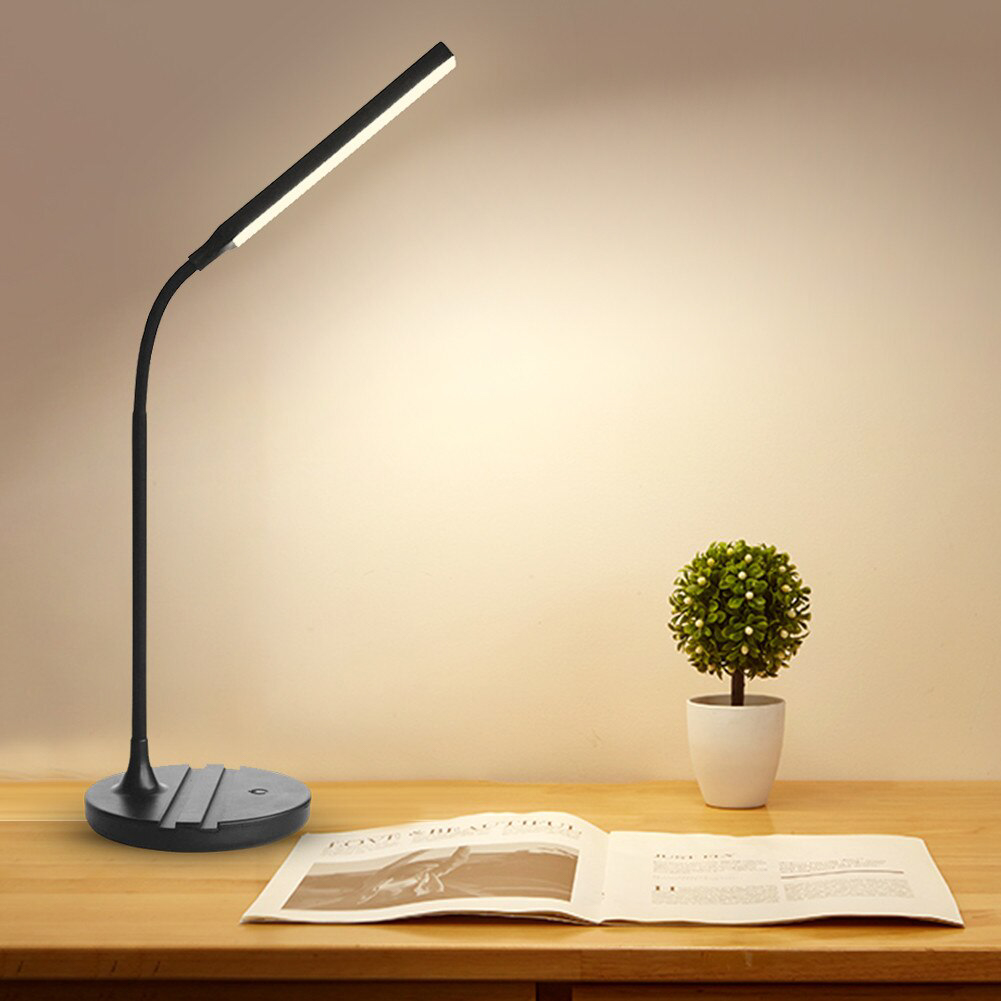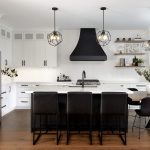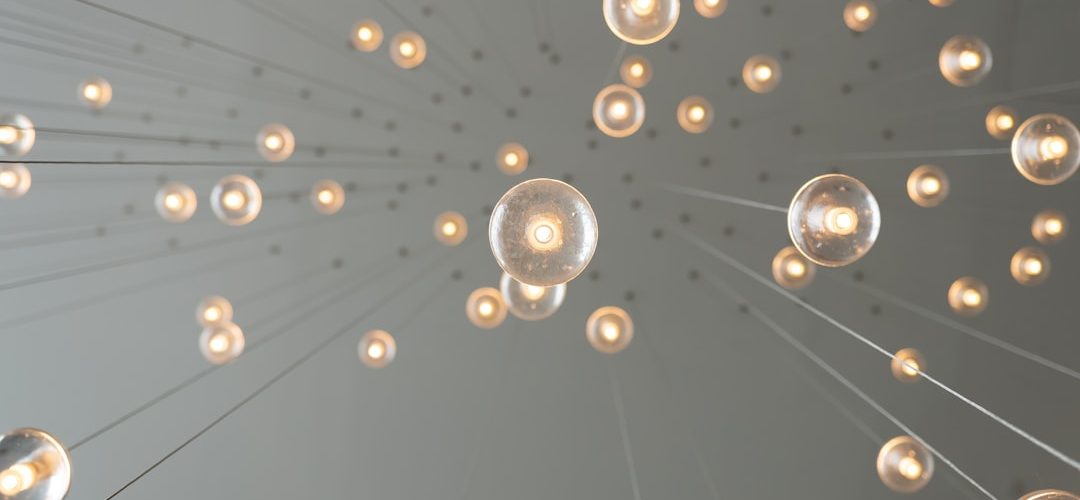
Lampshade Luminosity: Enhancing Your Dining Experience with a Stylish Overhead Fixture
Introduction
When it comes to dining room decor, the lighting fixture you choose can make a significant impact on the overall ambiance. A lampshade over a dining table not only provides functional lighting but also serves as a style statement. It can add character, warmth, and a touch of elegance to your dining space. In this article, we’ll explore how lampshades can enhance your dining experience by discussing their various designs, materials, and practical features.
Designs
Lampshades come in all shapes and sizes, and there are endless designs to choose from. From traditional to modern, abstract to floral, and everything in between, you’re sure to find a lampshade that fits your style. One trendy design is the drum shade, which is a cylinder shape that provides a soft, diffuse light. Another popular option is the cone-shaped shade, which directs light downward and is perfect for when you want more focused lighting.
Materials
Lampshade materials can range from fabric to metal, glass to paper, and beyond. Some popular materials include:
– Fabric: A fabric lampshade can add texture and softness to your dining space. It can be made with a variety of materials, including linen, cotton, and silk.
– Metal: A metal lampshade can provide a sleek, modern look. It can be made with aluminum, brass, or other metals, and can come in a variety of finishes, such as brushed nickel, oil-rubbed bronze, and polished chrome.
– Glass: A glass lampshade can add elegance and sophistication to your dining room. It can be clear or frosted, and can be embellished with patterns, etchings, or other designs.
– Paper: A paper lampshade can be an affordable option that adds warmth and personality to your dining space. It can be made with various types of paper, such as rice paper, parchment, or even recycled paper.
Practical features
When choosing a lampshade over your dining table, it’s important to consider practical features, such as:
– Size: The size of your lampshade should be proportional to the size of your dining table. A large shade can overwhelm a small table, while a small shade can get lost on a large table.
– Height: The height of your lampshade should also be proportional to the height of your ceiling. A low ceiling requires a shorter shade to avoid overpowering the space, while high ceilings can accommodate taller shades.
– Lightbulb type: The type of lightbulb you choose can affect the ambiance of your dining space. For example, a warm white LED bulb can create a cozy, inviting atmosphere, while a bright white bulb can provide more functional lighting.






